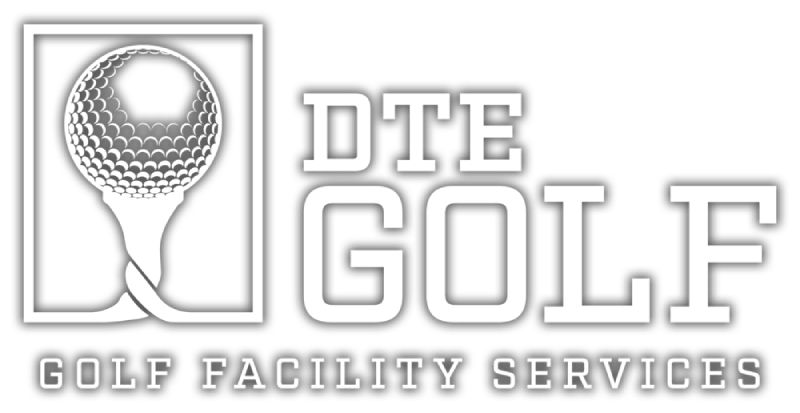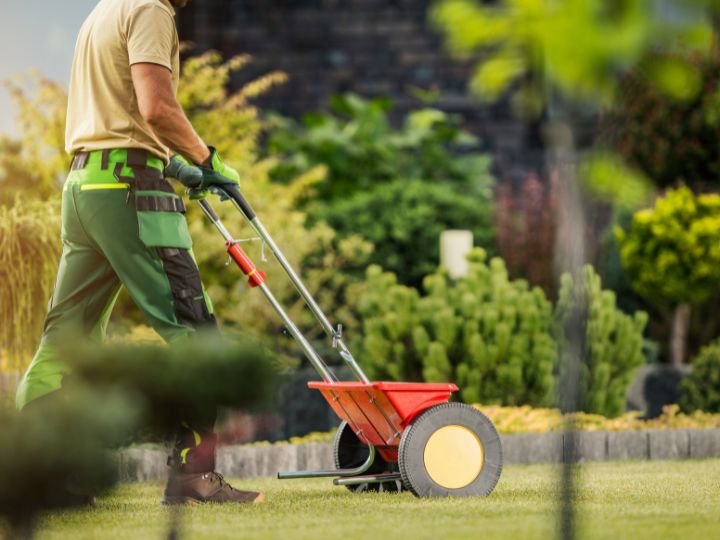8 Strategies of Fairway Fertilization for Healthier and Greener Golf Courses
Fairway fertilization refers to the practice of applying fertilizers to the fairways of golf courses to promote healthy turf growth and maintain vibrant greenery. Fairways are the areas of the golf course that lie between the tee boxes and the putting greens, and they typically cover a significant portion of the course's total area.
The goal is to ensure that the turf receives the right balance of nutrients at the appropriate times. That helps support healthy growth, minimize stress, and enhance the playability and aesthetic appeal of the golf course.
It is always advisable to hand over crucial tasks like fairway fertilization to a professional service. In this blog, we’ll provide you 8 DTE Golf® experts approved strategies that will help you learn about effective management of your golf courses.
1. Soil Testing and Analysis
Soil testing involves taking samples from the fairways to check their nutrient levels. This helps us understand what the soil lacks and what it has in excess. Analyzing the soil tells us which specific nutrients the grass needs to grow well. For example, if the soil is low in nitrogen, we can add a fertilizer rich in nitrogen to boost grass growth.
2. Balanced Fertilizer Application
Balanced fertilizers contain a mix of essential nutrients like nitrogen, phosphorus, and potassium in the right proportions. Nitrogen promotes leaf growth, phosphorus supports root development, and potassium improves stress tolerance in grass. By applying balanced fertilizers, we ensure that the grass gets all the nutrients it needs to thrive.
3. Slow-Release Fertilizers
Slow-release fertilizers release nutrients gradually over time, providing a steady supply of food to the grass. This prevents nutrient spikes and ensures that the grass receives a consistent supply of nutrients for sustained growth. Slow-release fertilizers are particularly useful for reducing nutrient runoff and leaching, which helps protect the environment.
4. Seasonal Fertilization Schedule
The fertilization schedule is adjusted according to the changing seasons and the needs of the grass. In cooler months, the focus may be on promoting root growth and winter hardiness, so fertilizers with lower nitrogen content are used. In warmer months, when grass growth is more active, fertilizers with higher nitrogen levels are applied to encourage lush greenery.
5. Integrated Pest Management (IPM)
Integrated pest management involves using a combination of cultural, biological, and chemical methods to control pests while minimizing environmental impact. By maintaining healthy turf through proper fertilization, we can reduce the susceptibility of grass to pest infestations. This may involve practices such as selecting pest-resistant grass varieties and using natural predators to control pest populations.
6. Aerification and Soil Aeration
Aerification and soil aeration involve creating small holes in the soil to improve air, water, and nutrient movement to the grassroots. This process relieves soil compaction, enhances root growth, and promotes overall turf health. Aerification is typically done using specialized equipment such as core aerators or spike aerators.
7. Water Management Practices
Effective water management ensures that the grass receives the right amount of water without wasting resources or causing nutrient leaching. This may involve using water-efficient irrigation systems, monitoring soil moisture levels, and adjusting irrigation schedules based on weather conditions and turf needs. Proper watering helps maintain soil moisture levels and supports nutrient uptake by the grass.
8. Monitoring and Evaluation
Regular monitoring of the grass condition, soil health, and nutrient levels is essential for assessing the effectiveness of the fertilization program. This involves conducting visual inspections, soil tests, and tissue analysis to identify any deficiencies or issues that may arise. Based on the evaluation results, adjustments can be made to the fertilization plan to ensure optimal turf health and performance.
By implementing these detailed strategies, golf course managers can effectively manage fairway fertilization to maintain healthy, vibrant, and sustainable turfgrass on the golf course.
Healthy Fairway Fertilization With DTE Golf®
At DTE Golf®, we understand that achieving healthier and greener fairways is a top priority for golf course managers. With 3 decades of experience serving golf facilities across Florida and beyond, we have honed our skills in customizing fertilization programs that address the unique needs of each course.
Our meticulous application techniques, combined with state-of-the-art equipment and trained technicians, guarantee uniform coverage and precise nutrient delivery. DTE Golf® offers a wide range of fertilizer options, including conventional, slow-release, and organic formulations, ensuring that your fairways receive the right nutrients at the right time.
We understand that fairway fertilization is an ongoing process that requires continuous monitoring and adjustments. Our team conducts periodic assessments and provides recommendations for program modifications. It can ensure that your fairways receive the necessary care throughout the growing season, promoting consistent quality and playability.
Choose your desired services with us today and experience the DTE Golf® advantage – a commitment to excellence, and the pursuit of creating unforgettable golfing experiences for your players.

